Business Performance Management
Business Performance Management
How to Effectively Use KPIs in Business Performance Management
Enterprises operate in highly competitive environments. Business performance management is essential in these environments, as it enables the enterprise leaders to steer their companies in the right direction in order to reach strategic goals.
However, business performance management must be done throughout the organisation, and this is why it is important for management at all levels to use Key Performance Indicators (KPIs) to monitor the progress of their departmental and organisational goals. Indeed, KPIs can also be used to track progress towards goals for individuals as well.
The above said, to fully utilise the benefits of KPIs in business performance management, it is essential to choose the correct KPIs. Every KPI selected must meet the following essential requirements:
Straightforward
In order to be useful, the KPI must be uncomplicated in the sense that it can be easily understood and that it can be properly measured. For instance, a key performance indicator such as how many new club members were added in April? This is straightforward in that the question is easy to understand and the answer is measurable.
A useful KPI is one that leads to decisions and not to more questions. Every employee working towards a particular departmental goal must understand precisely how to influence the KPI. There must be a clear goal, such as “get more club members” to enable proactive decision making that will affect the outcome of the KPI. The KPI must not cause disruption to the daily business operations. At the same time, it must increase the visibility of the goal.
In Line with Overall Vision and Strategy
It is imperative that the KPIs be aligned with the business’ overall strategic goals all the way down to departmental and individual levels. It must be relevant throughout. For one enterprise, getting more clients will be important, while for another, sales will be the goal, and for others it will be product expansion.
Measurable
The KPIs, to be effective, must be measurable, whether quantitative or qualitative. One may measure how many cars have been sold in a given month or HR can measure relevant indicators, such as how involved are workers in their departmental projects? The latter can be measured using employee and manager surveys. What is important for the purpose of measuring business performance is that the KPIs selected must have a focussed and measurable goal, such as the level of customer satisfaction, the total sales, the number of clients added, etc. Never set or choose a KPI in an attempt to measure a general outcome.
Relevance
Many managers mistakenly want to measure everything. This just causes clutter, making it difficult to focus on what’s important. The correct KPI must be relevant to the particular level of management and the specific department. As such, the KPIs must be assigned to managers, giving them control over the results of their efforts. A marketing manager could get a KPI such as “how many books did we sell through the annual book awareness sale?”
Reachable
Unrealistic goals are not helping the employees or the company. Indeed, such can lead to employees becoming frustrated and eventually giving up on reaching the goals. Having a sales target set too high for the particular month or department is counterproductive. The goals must be achievable. Instead of setting unrealistic goals, set smaller ones. You still want to challenge the workers, but not discourage them with an overwhelmingly high target.
Set in Time
A KPI that’s worth anything is connected to a time period. The results of the KPI can be reported within a specific timeframe and are directly related to a specific time period. Irregular reporting is not useful at all, as it makes it almost impossible to identify patterns or trends. However, reporting can also be overdone. If it is too frequent, the data value is lost within the reporting. The next aspect is that of action upon the results of the reporting. Effective business performance management also means setting time limits on when and how actions must be taken based on the results of the measurements.
Transparency
The KPIs must be known across all levels of the enterprise. Only if the employees are aware of the goals and the measurements of the performance related to those goals can they become fully engaged in reaching those them.
Make use of our full range of KPI solutions for the best business performance management of your enterprise.


